Tossabeak
Basic Information
Anatomy
Biological Traits
Genetics and Reproduction
Mating Seasons
Tossabeak mating season is not dependent on seasons and as such, different groups of females might enter mating seasons at different times. Some males have been find to migrate between multiple nesting sites between mating seasons. To mate, a male and a female must first choose each other. Males often choose larger females due the percieved ability to better protect the chicks, but if those reject them, they will still go for smaller females as well. They can only mate with one female at each nesting site, or the group as a whole will reject that specific male. Once succesful, they will usually return to that same female every time her group has a mating season. *beak variation* Females are picky with males, but their chosing methods are unknown. It has been observed that the same female often accepts males with similar beak patterns, but the significance of this is unknown. It is entirely possible for one female to mate with multiple males each season. Most males accept this, as females reject males that initiate aggressions, even though only one or two males will be succesful in reproducing. Males often migrate close to the nesting site long before the beginning of mating season, even if food and water is scarce. The earlier they can mate, the higher their chance of succesfully reproducing becomes. After mating, the males are not allowed to return before the new chicks are ready to leave the nest. *nest with Tossabeak Eggs*Eggs
A batch of Tossabeak eggs typically consists of 8 tennis ball sized eggs with strong shells. One batch has been found to have eggs from to 3 different males. The eggs hatch after a few weeks, during which the mother sits on the eggs about 90% of the time. She must protect them from egg eating predators (and egg snatchers) at all hours, so she must stay strong and fed, but leaving them to feed is risky.Growth Rate & Stages
Ecology and Habitats
Dietary Needs and Habits
Additional Information
Social Structure
Domestication
Uses, Products & Exploitation
Facial characteristics
Average Intelligence
Related Reading
One of the places you might encounter the tossabeak: Another creature of multiple worlds: The creator:Remove these ads. Join the Worldbuilders Guild


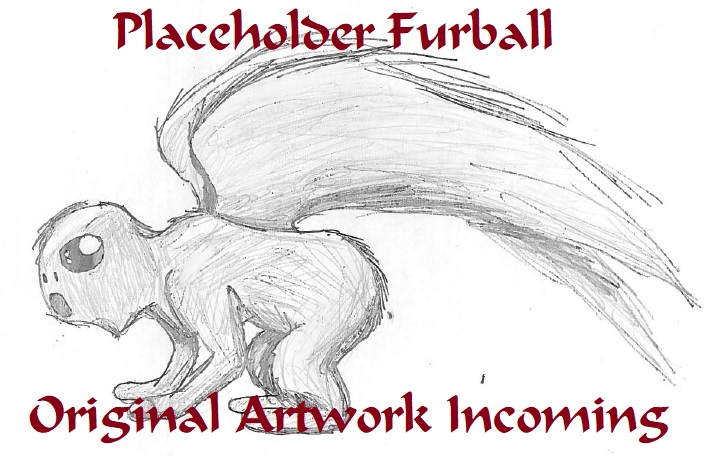
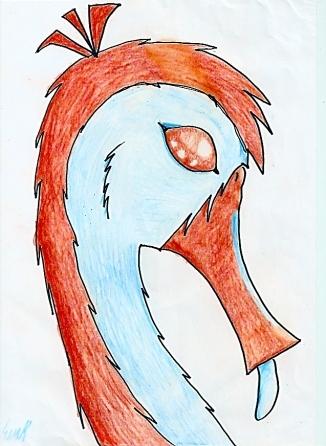

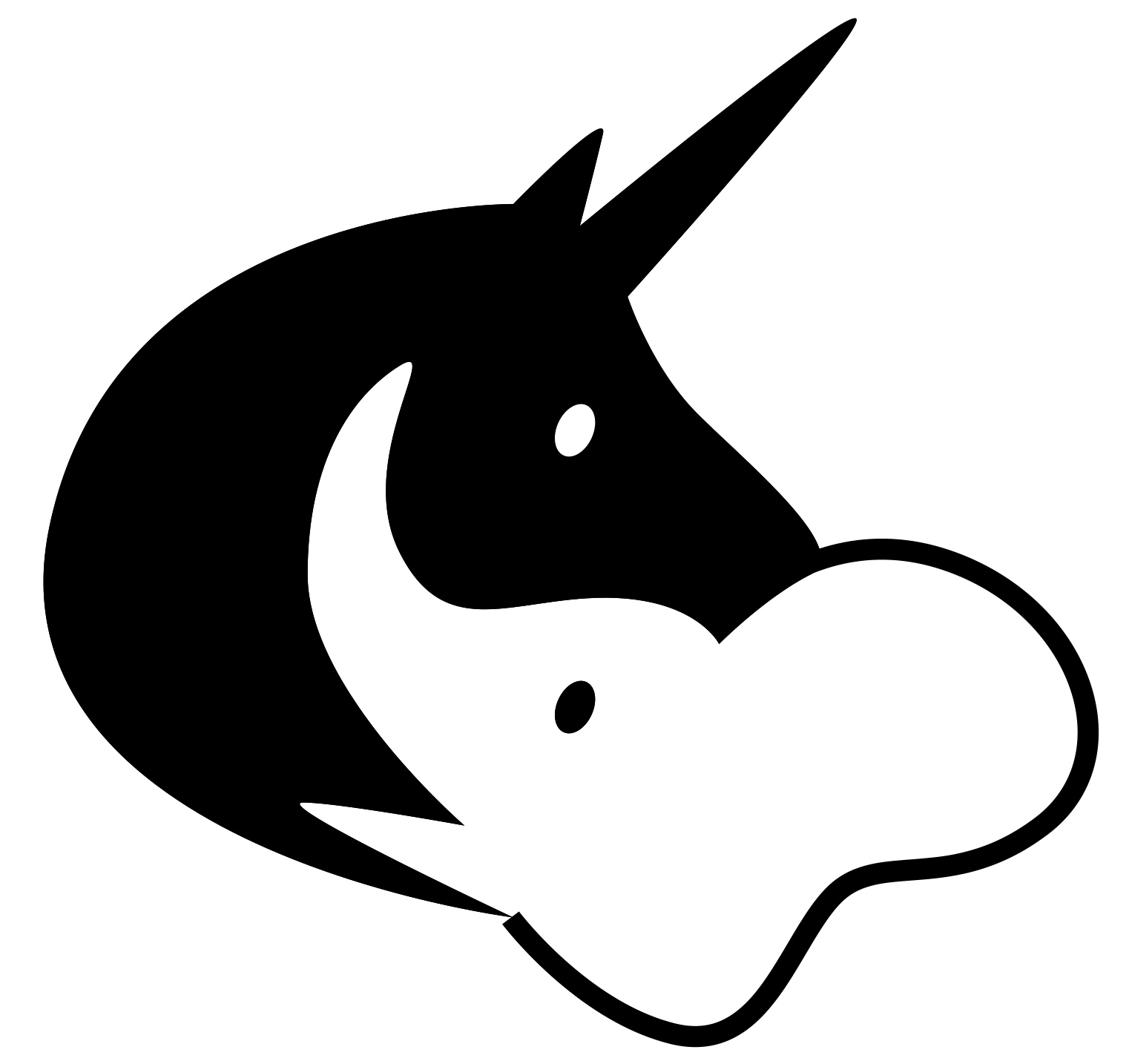

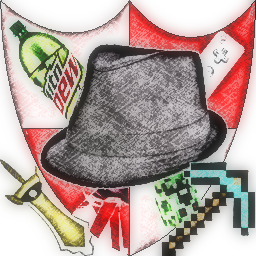

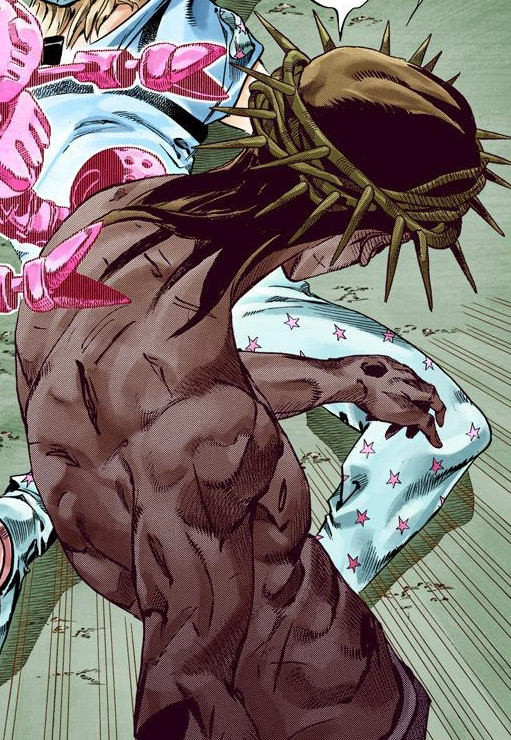






These guys seem best enjoyed from a distance. I'd watch the Planet [Earth] episode about them! I like your drawing of them as well.
Check out my summercamp by going here and checking out any of my gold-star articles!
Thank you, the drawing i did like 8 years ago, but they're only getting an actual existance now :3